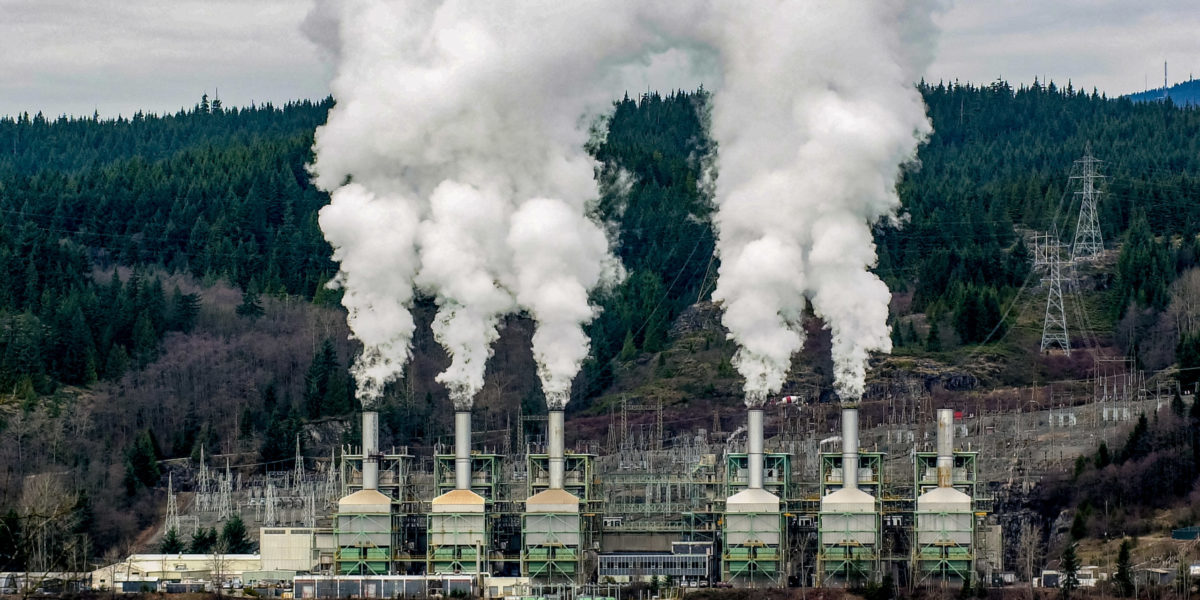The federal government has launched an incentive for municipalities, farmers, foresters, and Indigenous communities to reduce and ultimately end the release of carbon in the atmosphere.
The program, known as Canada’s Greenhouse Gas Offset Credit System, would offer emissions reductions projects one tradeable offset credit for every tonne of emissions they reduce or remove from the atmosphere. Then, earners can sell their credit to help meet either compliance obligations or emissions reduction goals under the carbon pollution pricing system.
The incentive was announced on Wednesday afternoon by Minister of Environment and Climate Change Steven Guilbeault, alongside a series of protocols to help lower greenhouse gas emissions in Canada.
As part of the new Landfill Methane Recovery and Destruction protocol, the legislation notes “municipalities and other landfill operators will be able to generate offset credits for recovering landfill gas from their operations and destroying it or re-purposing it into energy with technologies such as flares, boilers, turbines, and engines.”
The move will help reduce greenhouse gases from waste, which makes up seven per cent of the country’s emissions.
The Government of Canada also announced next steps for a Direct Air Carbon Capture and Sequestration, which will be revealed at a later date. That protocol would rely on “technologies that directly remove carbon dioxide from the atmosphere and permanently store it underground.”
The introduction of the federal offset credit system follows in the footsteps of Alberta, British Columbia, and Quebec, where provincial offset credit programs already exist.
During a Wednesday press conference announcing the program, Guilbeault noted that more offset protocols for sectors like forestry and agriculture are expected to roll out over the coming year. Calling in from the Summit of the Americas in Los Angeles, Guilbeault said that while the geopolitical and humanitarian crisis of the pandemics like COVID-19 will come and go, the climate crisis is one issue that will persist.
“That’s why we cannot pause and we must continue to go faster and further because the jobs and the opportunities won’t wait as the world moves towards a cleaner energy and Net Zero economy,” Guilbeault explained, noting Canada is in a global competition to lead the global clean tech market, one that is expected to exceed $2.5 trillion this year alone. “It gives companies an opportunity to create good sustainable jobs. That’s why we are developing rigorous requirements, regulations and protocols that must be met in order to qualify for eligible GHG reduction credits.”
According to the federal government, individuals and organizations are also eligible for project offsets that include corporate net-zero commitments and emissions reduction goals. Eligible offset projects cannot already be incentivized by carbon pollution pricing, something that must be verified by an accredited third party along with emissions reductions. A priority for reducing emissions is methane, which contributes 86 times more to global warming over 20 years compared to carbon dioxide.
“Federal offset credits can be used by facilities regulated under the federal Output-Based
Pricing System (OBPS) to compensate for emissions that exceed their limit,” a Wednesday press release explains. “In this way, an offset credit is a substitute for direct emissions reduction, and helps reduce compliance costs and maintain business competitiveness.”
In a press release, Minister of Agriculture and Agri-Food Marie-Claude Bibeau noted that agricultural producers have made significant gains in reducing its sectors’ greenhouse gas emissions.
“These will allow our farmers to take advantage of new economic opportunities, while helping meet Canada’s emissions reduction goals,” Bibeau said.
For Carole Saab, CEO of the Federation of Canadian Municipalities, the introduction of a carbon credit offset system represents an investment in municipalities, local businesses, and industries working to cut emissions.
“With the right tools local governments can play a crucial role in the effort to reduce about half of this country’s greenhouse gas emissions,” Saab said during the press conference. “That means local action is critical.”
While the program is designed to encourage actions to lower greenhouse gas emissions, for climate advocacy organization Greenpeace, the move represents a “major step backwards for Canada’s climate ambitions.”
“The science is clear: to prevent this global crisis from getting worse, we need to cut greenhouse gas emissions immediately while at the same time protecting and restoring natural ecosystems,” Greenpeace Canada Head of Nature and Food Campaign, Shane Moffatt, said in a Wednesday release, adding that the federal government should say ‘no’ to offsets and ‘yes’ to ending fossil fuels altogether. “Offsetting doesn’t stop carbon from entering the atmosphere and warming our world, it just keeps it off the books of big polluters responsible.”
The introduction of a carbon credit offset system comes after the federal government tabled their 2030 Emissions Reduction Plan back in March, a blueprint for the country to reach net-zero emissions by 2050.



